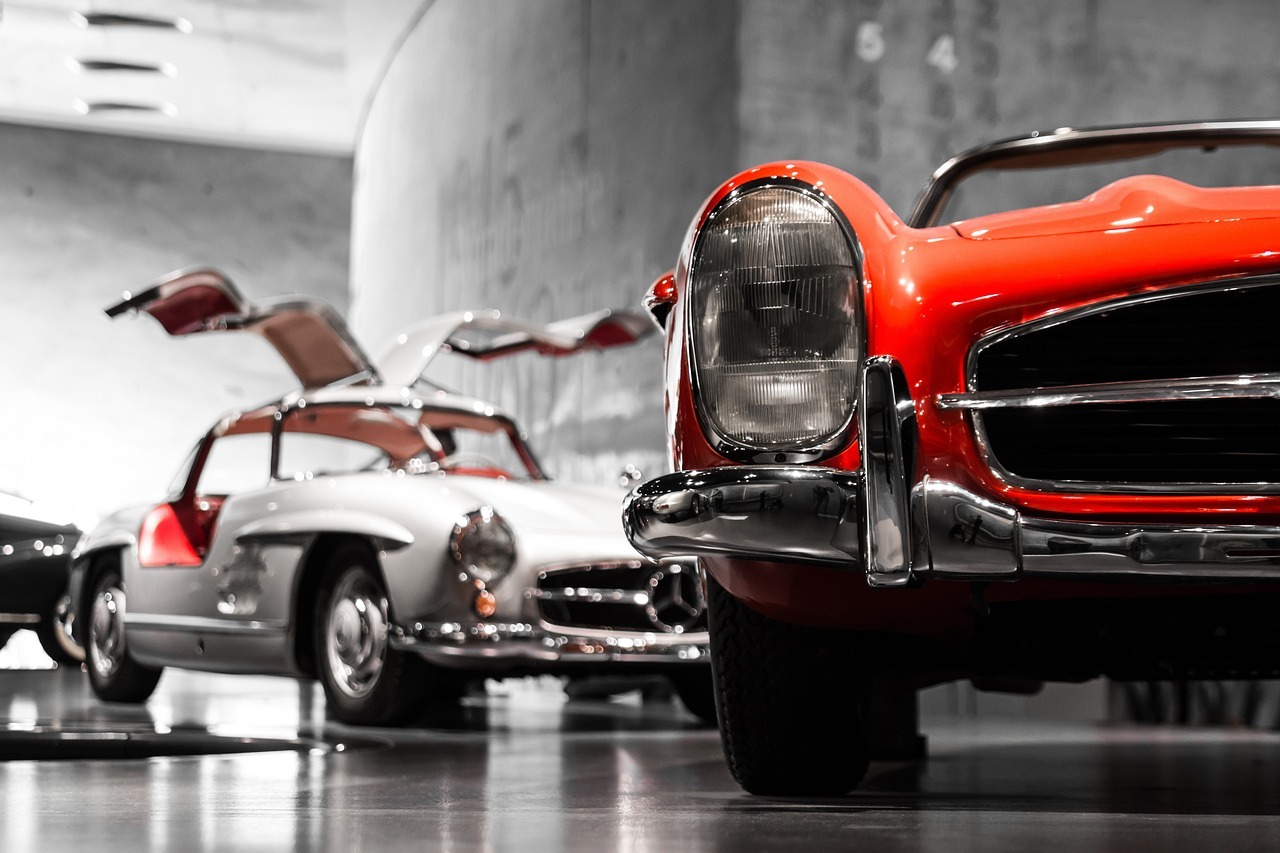When the discussion would come to opt for news diecast cars, a lot of people would seem to think of it as a nice hobby. However, others would be of the opinion that collecting diecast cars would be considered to be an expensive hobby whilst there would be another group defending this statement by saying that collect diecast cars would be considered to be an investment.
Hence, in order to put an end to this debate or discussion once and for all, let’s dive into it.
First things first, diecast cars would be considered to be a good investment option as they would be considered to be items that would be limited, easy to maintain, and have also been found to have a growing market. However, these kinds of cars would only be considered to be a good investment if the collector would have a good idea about what models he would need to buy and how those would need to be maintained in good condition. Furthermore, collecting diecast cars would often be associated with the younger population, but it could also be considered to be an entertaining and interesting hobby for people of any age.
The timeless appeal of automotive pleasure
The decision to opt for news diecast cars would be considered to be a good investment as the number of collectors have been found to be steadily increasing. This would mean that the demand for diecast cars would be increasing, hence making them quite valuable over time. In addition, the model cars have also been known to last long as they would be made of metal alloys that would not rust. This would mean that diecast cars would be making excellent collectibles, since they would be made with such attention to detail and care. Since they would also be increasing in value over time, they would be known to make fantastic additions to collections as they would not only be built of durable materials, but they would also be of limited edition as their value would rise over time.
It would be for this reason that collectors would always be on the lookout for limited edition diecast cars which would become increasingly scarce over time. It would also be for this reason that diecast models would be considered to be an investment that would be financially rewarding.
Hence, one strategy to diversify an investment portfolio for diecast cars would be to start collecting historic cars. Since most of the normal cars would lose value as soon as they would leave the dealer lot, it would be the classic cars that would gain value and worth over time owing to performance, rarity, or other unique characteristics. In other words, classic diecast cars have been known to be worth a great deal of money if they could be found to be in good condition.
In the case of opt for news diecast cars, they would be considered to be a good investment and not very risky because of its demand. In fact, they have also been found to be quite viable for the long term. In other words, the longer a particular model would be kept in good condition, the more expensive it would be likely to get. Lastly, its demand would always be increasing, hence making it a good investment.
